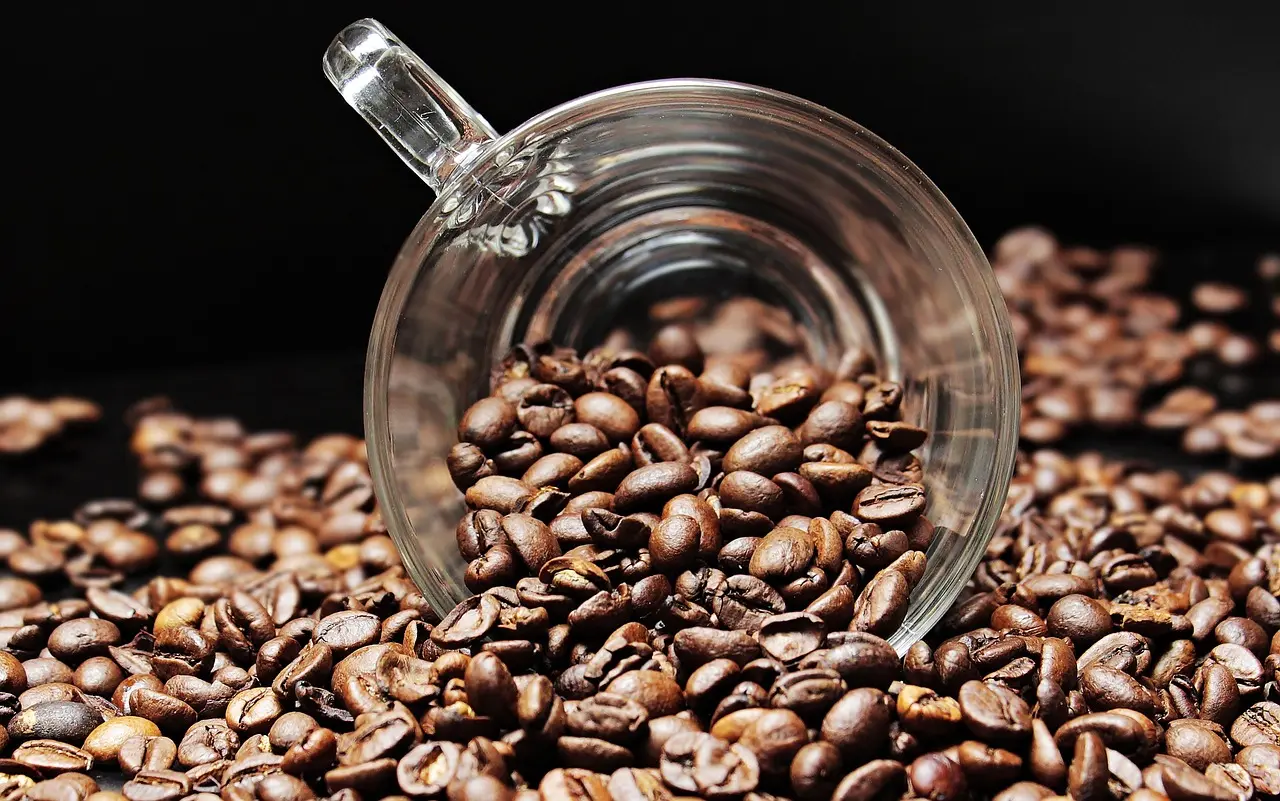If you've ever delved into recipes from different corners of the globe, particularly from the United States versus countries like Australia, New Zealand, Canada, or the UK, you might have encountered the seemingly simple "cup" measurement and wondered if all cups are truly created equal. The short, and crucial, answer is no. There's a notable, albeit sometimes subtle, volume difference between a US customary cup and a standard metric cup. Understanding this distinction is vital for achieving accurate and consistent results in your international baking and cooking adventures.
The US Customary Cup: A Closer Look
In the United States, the standard measuring cup used in kitchens holds 8 US fluid ounces. When converted to milliliters, this is precisely 236.588 milliliters (ml). For many practical kitchen purposes, and even on some measuring cup markings, this is often rounded slightly to 240 ml. However, the ~237ml value is the more accurate conversion for the true US customary cup.
- 1 US Cup = 8 US fluid ounces
- 1 US Cup ≈ 236.59 ml (often seen rounded to 237 ml or 240 ml)
This cup is part of the US customary system, which also includes units like pints, quarts, and gallons that have different values than their Imperial counterparts once used in the UK and Commonwealth countries.
The Metric Cup: The International Standard
The metric cup, which is widely adopted in countries that primarily use the metric system for culinary measurements (including Australia, New Zealand, Canada, South Africa, and increasingly in modern UK recipes), is standardized at a clean 250 milliliters (ml).
- 1 Metric Cup = 250 ml
This 250ml cup fits neatly into the decimal-based metric system, where 4 metric cups equal 1 liter.
Why Does a Seemingly Small ~13ml Difference Matter?
A difference of approximately 13-14 ml per cup (250ml metric cup vs. ~237ml US cup) might not seem like a catastrophe for a single cup of water in a large pot of soup where precision is more forgiving. However, this variance – roughly 2.5 US teaspoons – can become quite significant in baking or when a recipe calls for multiple cups of a critical ingredient like flour or sugar.
Consider these scenarios:
- Flour in Baking: If a European cake recipe calls for 3 metric cups of flour (3 cups x 250ml/cup = 750ml), and you mistakenly use 3 US cups (3 cups x ~237ml/cup = ~711ml), you would be short by nearly 40ml of flour. This is almost 3 US tablespoons less flour than intended, which could lead to a batter that's too wet, a cake that doesn't have enough structure and sinks, or cookies that spread excessively.
- Sugar in Delicate Recipes: In recipes like meringues or some custards where the sugar-to-egg white or sugar-to-liquid ratio is critical, even a small percentage difference in sugar can affect the final set, texture, and stability.
- Liquid Ingredients: While often more forgiving, significantly altering the liquid content by consistently using the "wrong" cup size across multiple liquid ingredients can impact hydration levels in doughs or the final consistency of sauces.
The cumulative effect of this small per-cup difference can lead to frustrating inconsistencies when you're trying to replicate a recipe from a different measurement system.
Practical Tips for Handling Different Cup Sizes in Your Kitchen:
- Identify the Recipe's Origin: This is your first and best clue. If a recipe is from a US-based cookbook, blog, or chef, it most likely uses US customary cups. If it originates from Australia, New Zealand, or often the UK and Canada (especially more modern recipes), it probably means metric cups (250ml). Some recipes might explicitly state "metric cups" or list milliliter equivalents.
- Inspect Your Measuring Cups: Many modern measuring cup sets and liquid measuring pitchers feature dual markings, showing both US fluid ounces/cups and milliliters (ml). If a recipe specifies milliliters, always use the ml markings for the most accurate result, regardless of what "cup" it might also say.
- Invest in Both Sets (For Frequent International Bakers): If you regularly bake or cook from recipes across different regions, consider investing in two sets of dry measuring cups: one clearly marked for US customary units and another specifically for metric cup sizes (1 cup = 250ml, 1/2 cup = 125ml, etc.). For liquids, a good quality measuring pitcher with clear ml markings is invaluable.
- When in Doubt, Prioritize Weight for Dry Ingredients: For dry ingredients like flour, sugar, cocoa powder, and nuts, measuring by weight (grams or ounces) using a kitchen scale is always the most accurate and reliable method. This completely bypasses any confusion about cup sizes because weight is an absolute measure. See our post on why weighing trumps volume.
- Utilize Conversion Tools: Our Kitchen Calculator tool can help you quickly convert between US cups, metric cups, and milliliters, among many other units.
Understanding this seemingly minor difference between US and metric cups is a key step towards achieving consistent success with international recipes. For a quick visual comparison and more detailed conversions, refer to our printable charts:
Printable US Cup vs. UK/Metric Cup to ml Comparison Chart
Printable US Cups to Milliliters Chart
Printable Metric Cups to Milliliters Chart
By being mindful of these distinctions, you can approach recipes from around the world with greater confidence and precision. Happy and accurate cooking!
 « Back to Blog Index
« Back to Blog Index